Swedish porphyry from Dysberg.
19th century.
Of all the varieties of porphyry mined in the Alvdalen region of Sweden, Dysberg porphyry is one of the rarest.
The rediscovery of porphyry in the 18th century, amplified by the Egyptian campaigns, made the Alvdalen deposit, discovered around the village of the same name in the 1730's, famous. Veins of different porphyries were found within this small area of just 500km², and their colour varied from purple to green to brown to purple. Some veins, such as the Dysberg vein, extend over only a few hundred metres.
Known as the stone of the emperors by the Romans, this rock, which is harder than hardened steel, requires extremely complex polishing work and was therefore reserved for crowned heads.
Napoleon had a great admiration for this material and it was under the impulse of the former marshal of empire Jean Baptiste Bernadotte, newly elected king of Sweden and Norway under the name of Karl XIV Johan, that the manufacture knew an international effervescence, with abundant orders, in particular of the allies of the coalition, Russia, England, Prussia...
Having kept strong friendships in France, Bernadotte also reserved some rare pieces in Swedish porphyry for his marshal friends, and offered diplomatic gifts to French ambassadors and politicians.
Our vase is therefore very rare because of the stone it is made of. This porphyry is all the more interesting as it presents a great depth of contrasting colours: red and black, with white inclusions that illuminate the whole.
Bibliography : Geological Survey of Sweden, The collection of samples in the new work on the Alvdalen porphyry, geological descriptions. Thomas Lundqvist & Jan-Olov Svedlund.


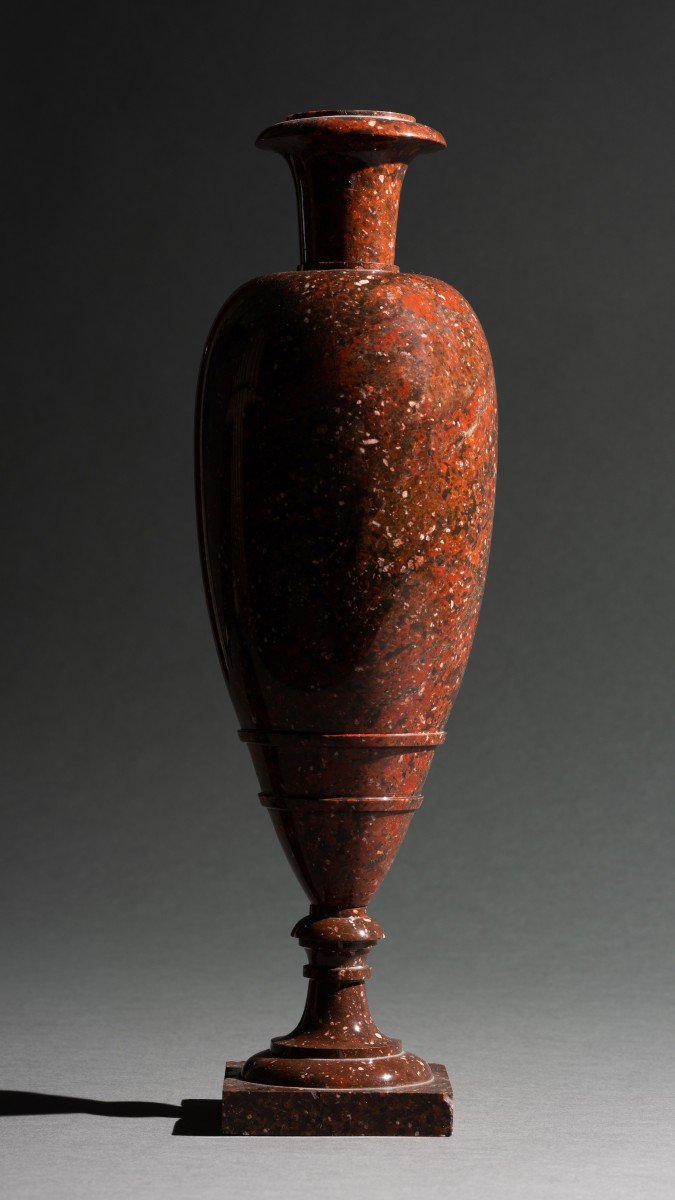



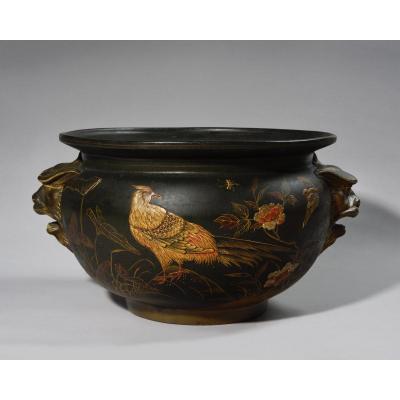





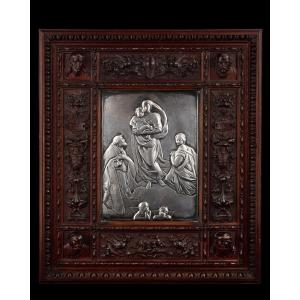
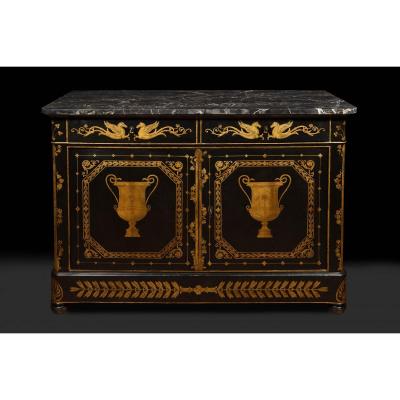



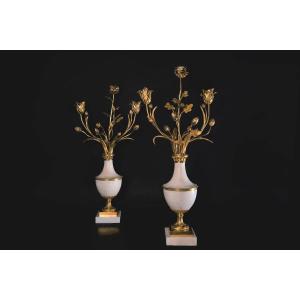
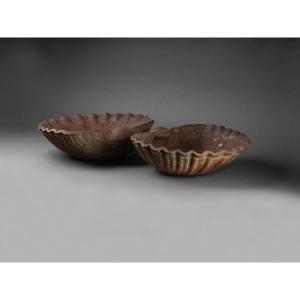
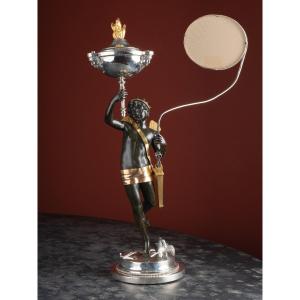
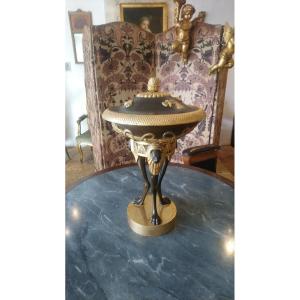

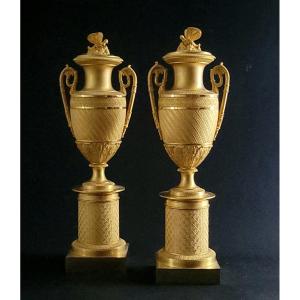

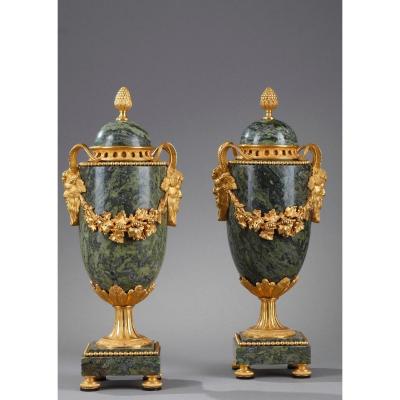



 Le Magazine de PROANTIC
Le Magazine de PROANTIC TRÉSORS Magazine
TRÉSORS Magazine Rivista Artiquariato
Rivista Artiquariato